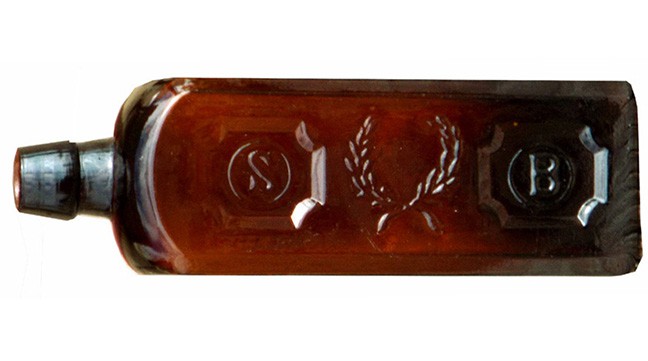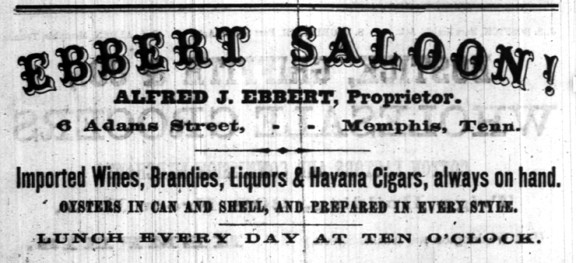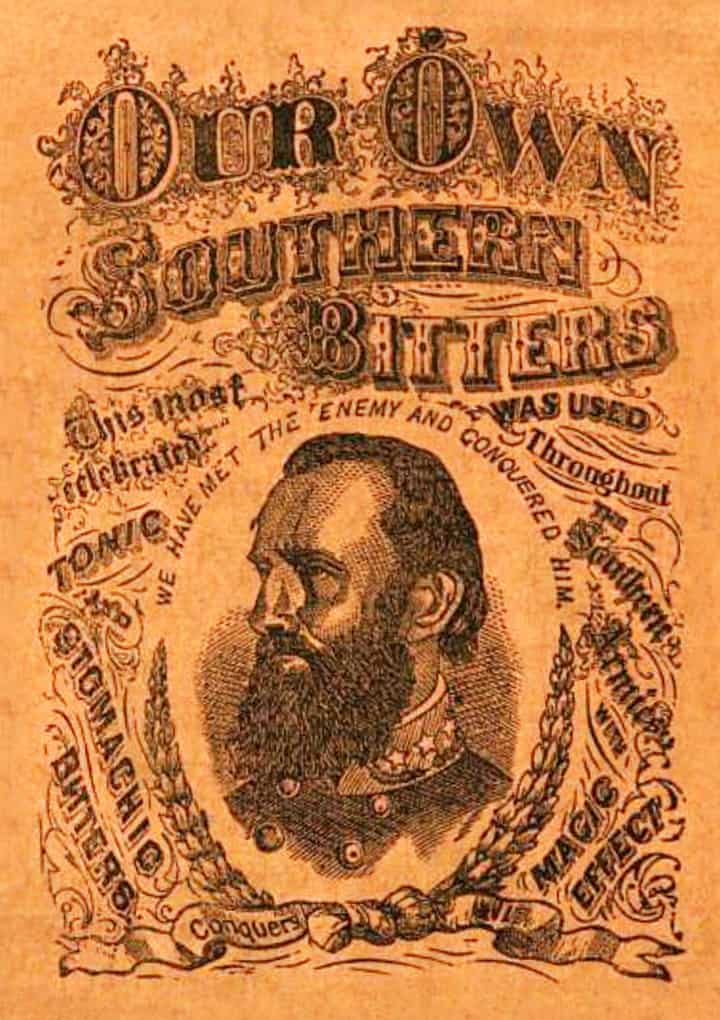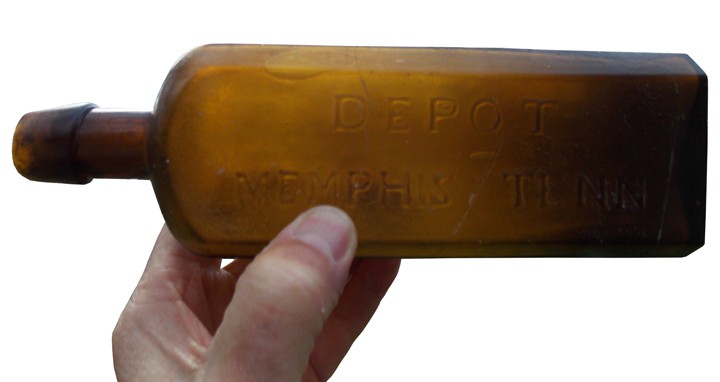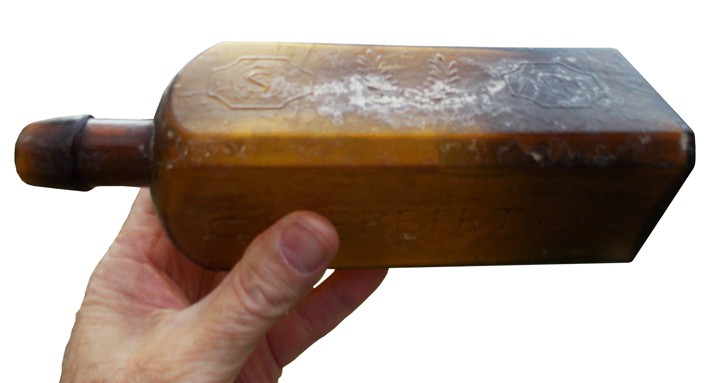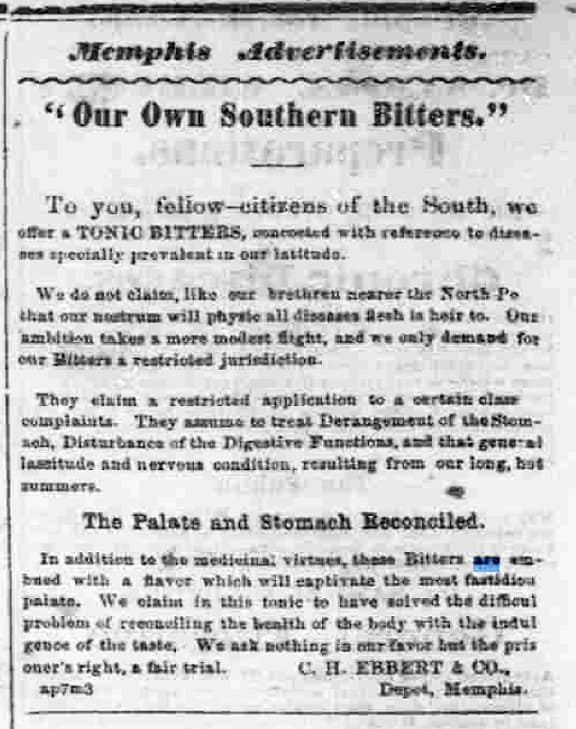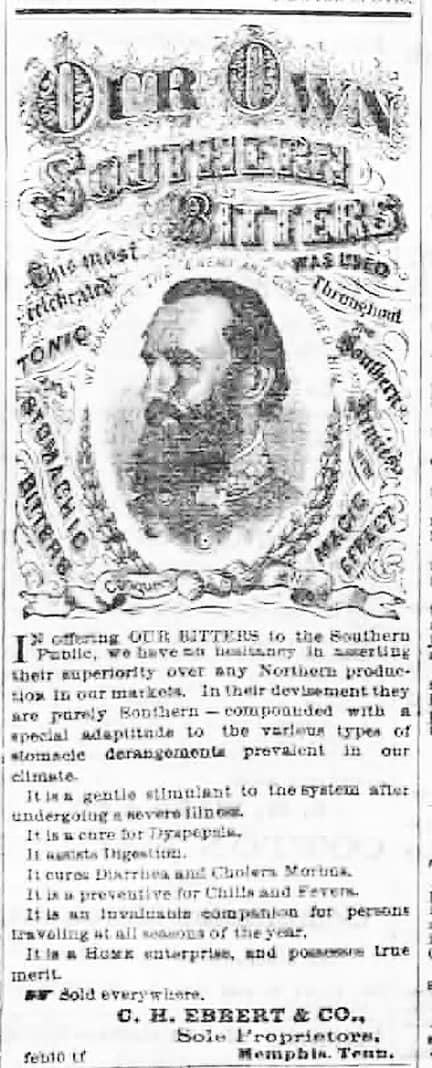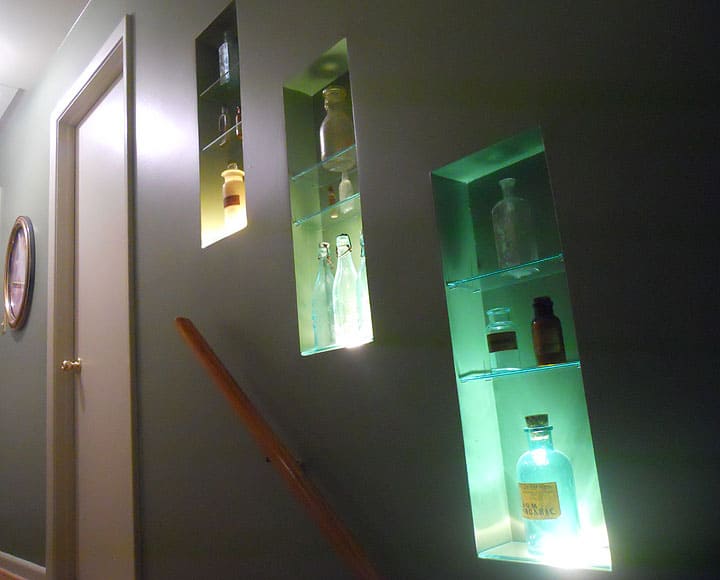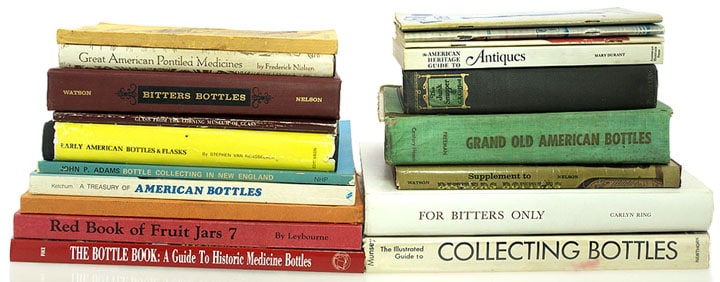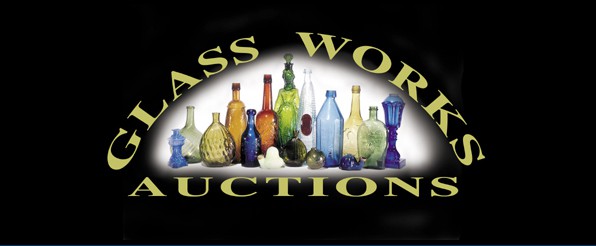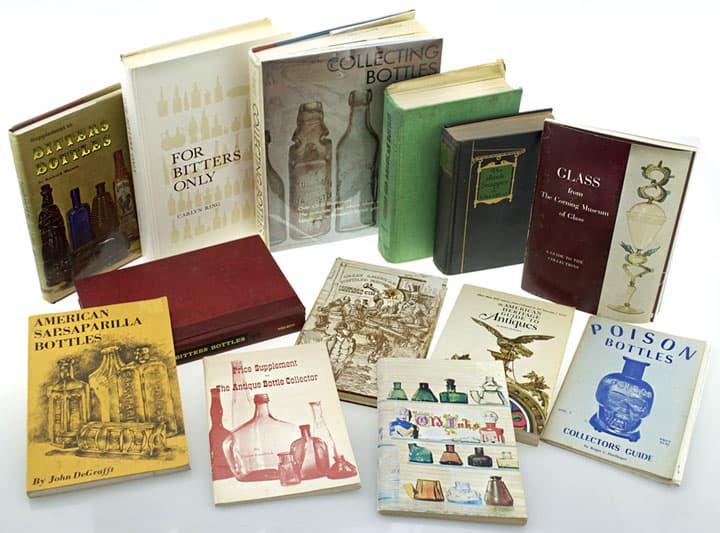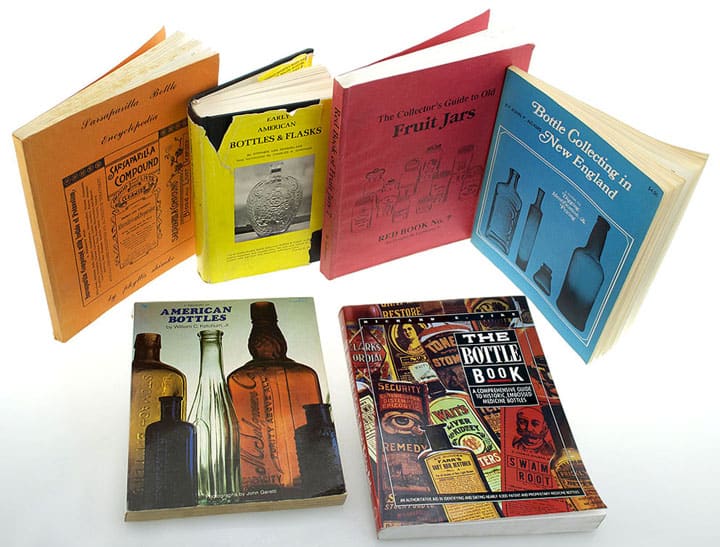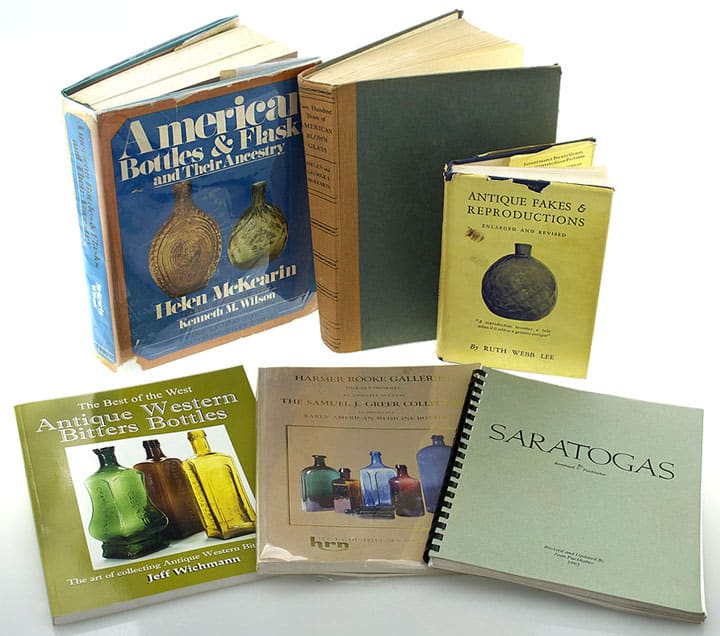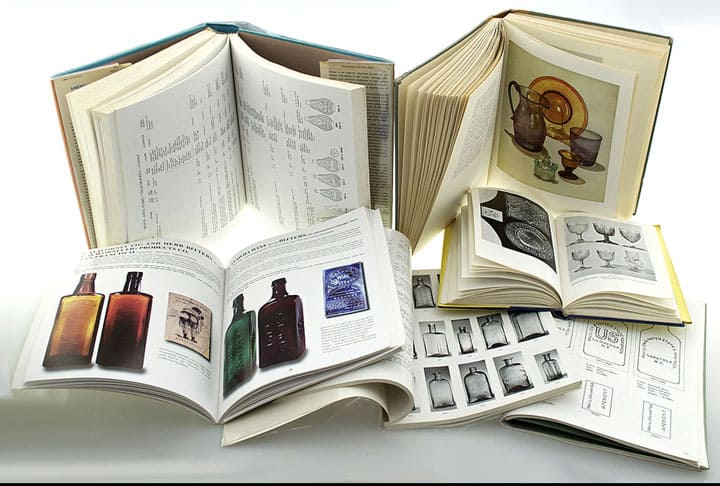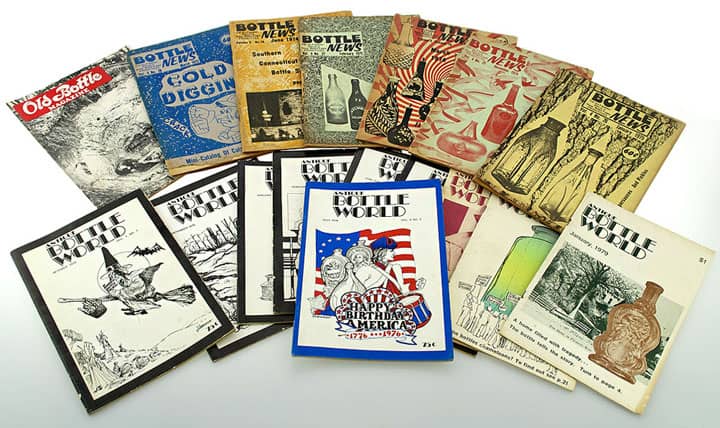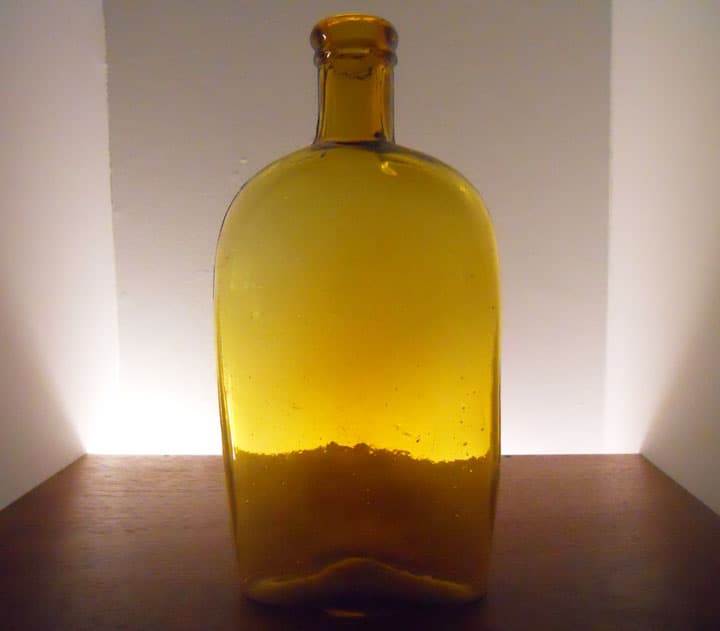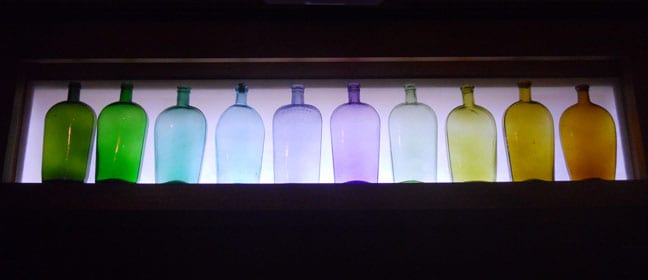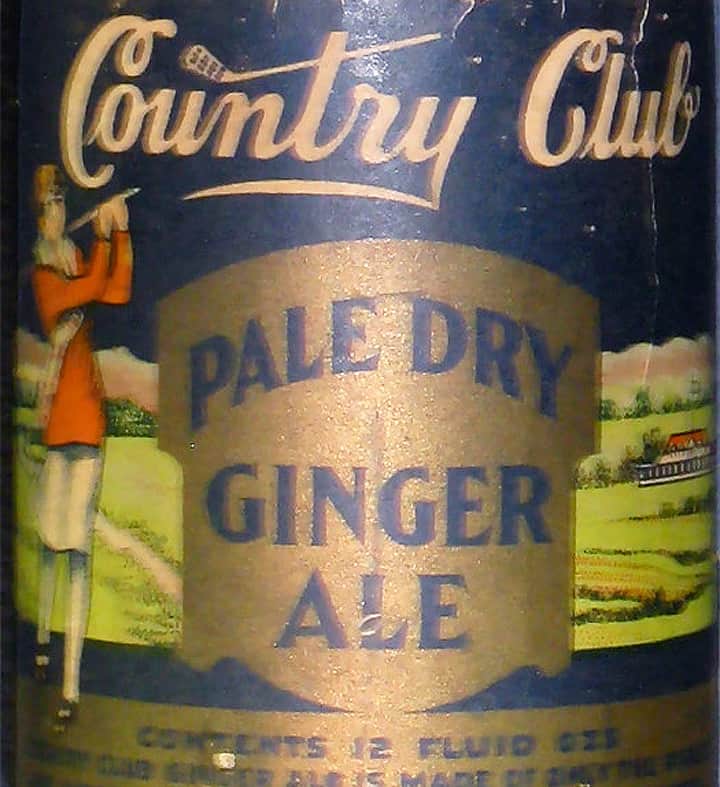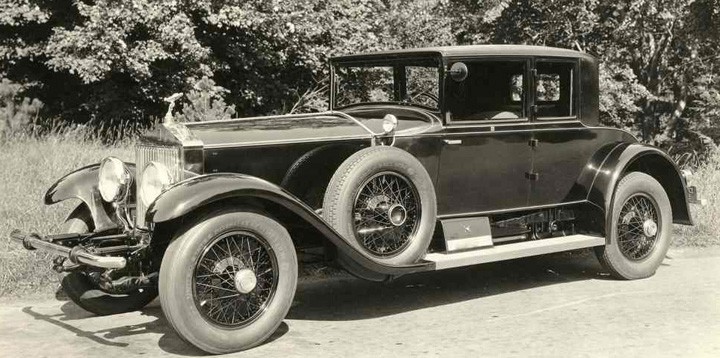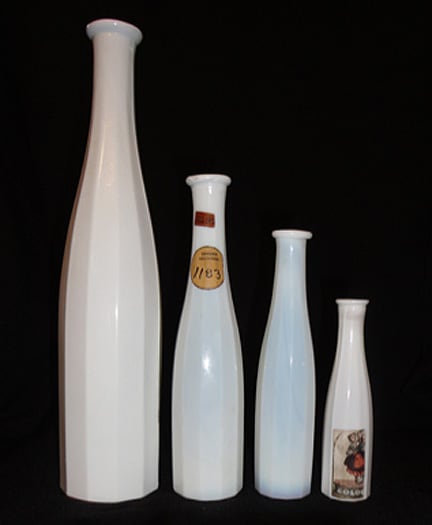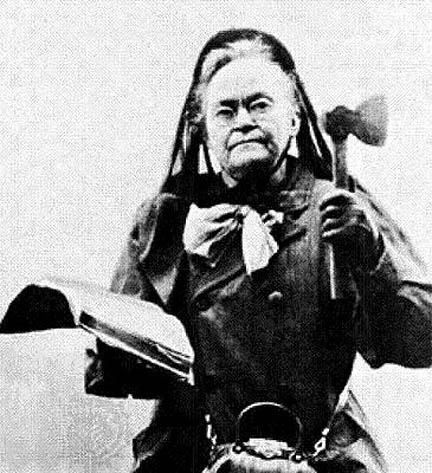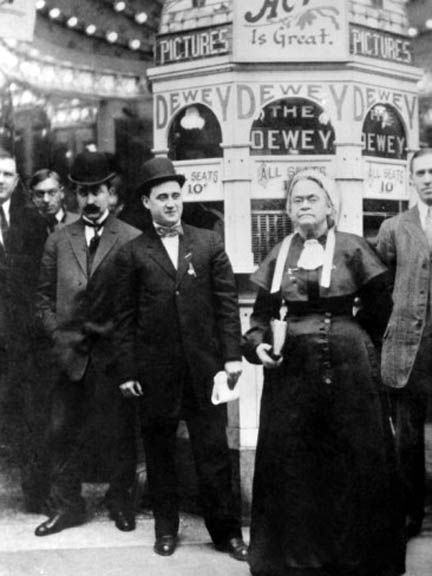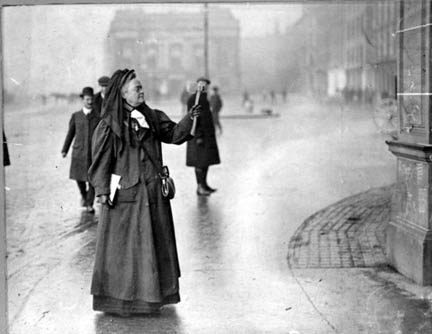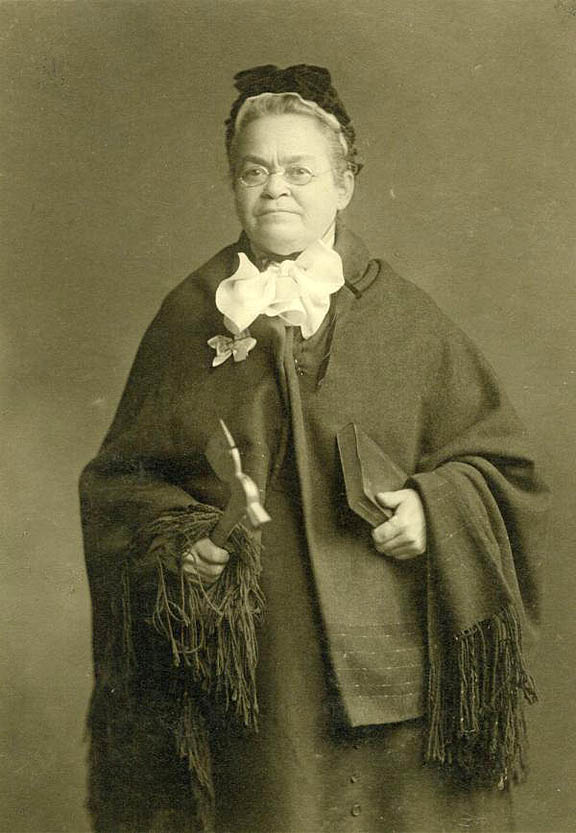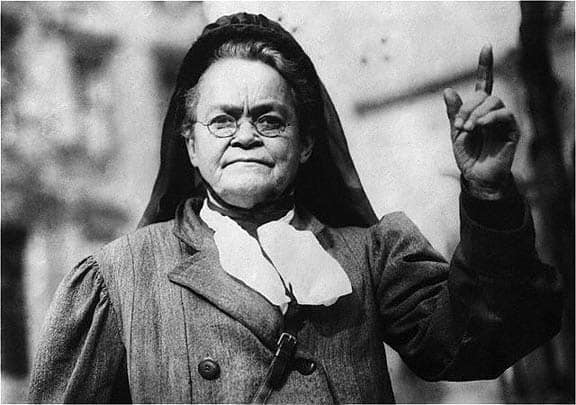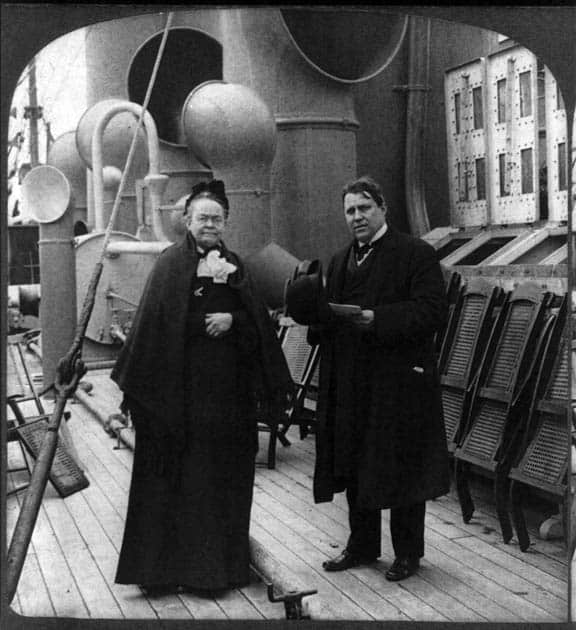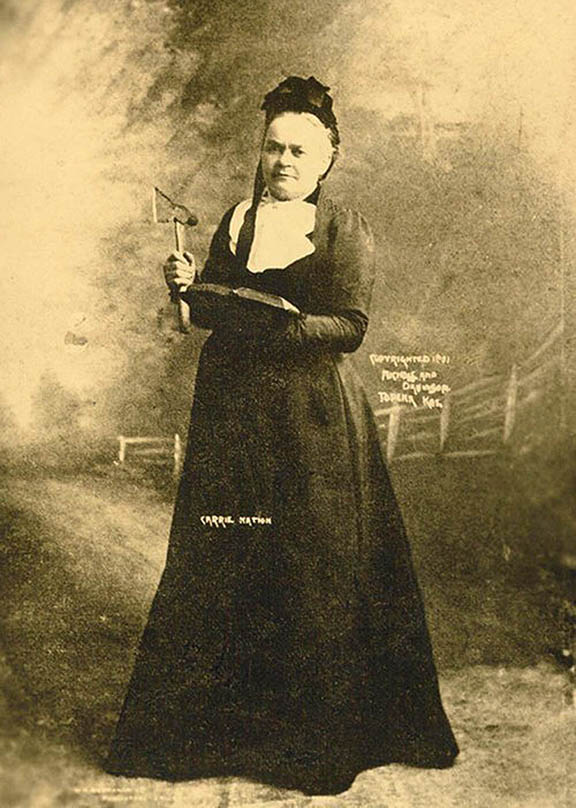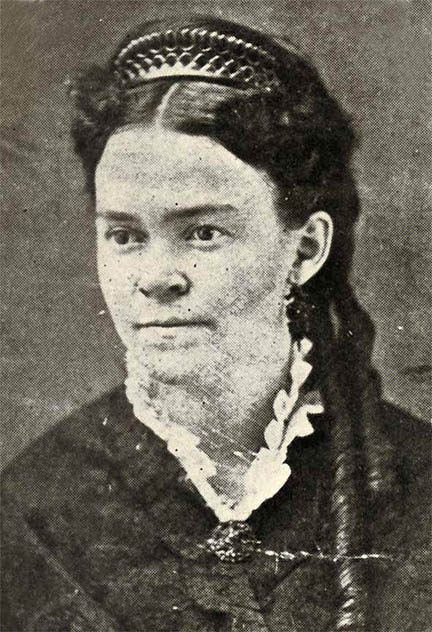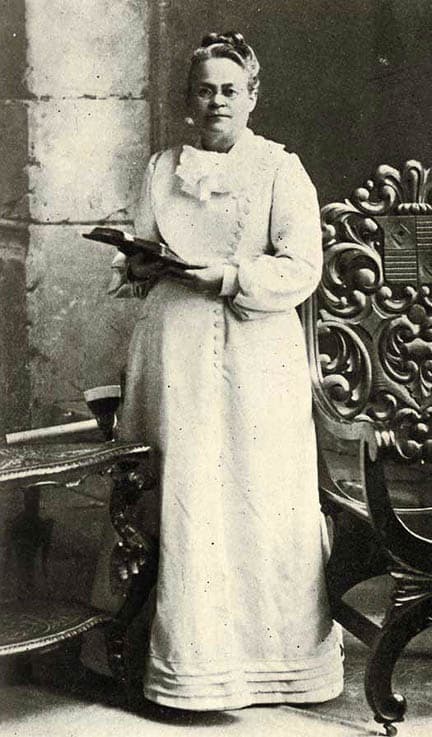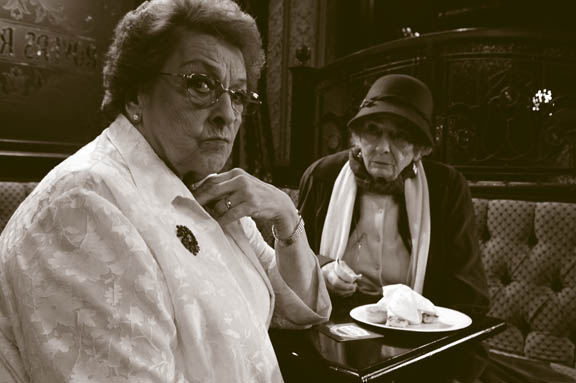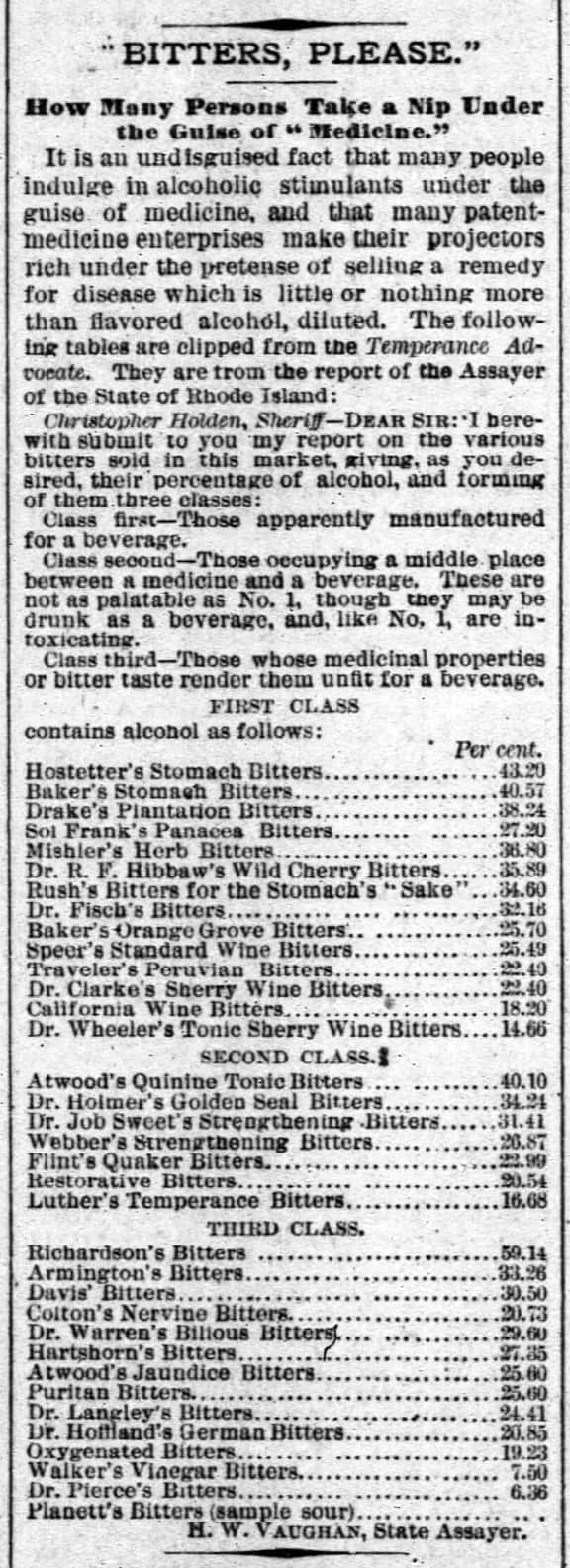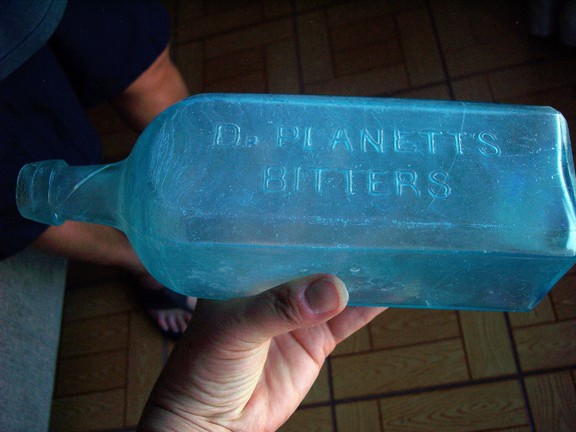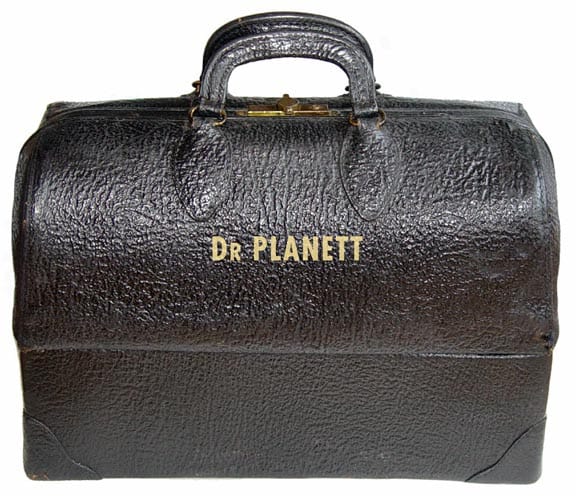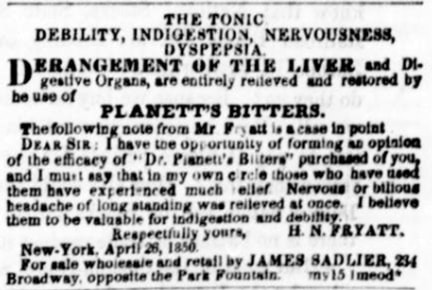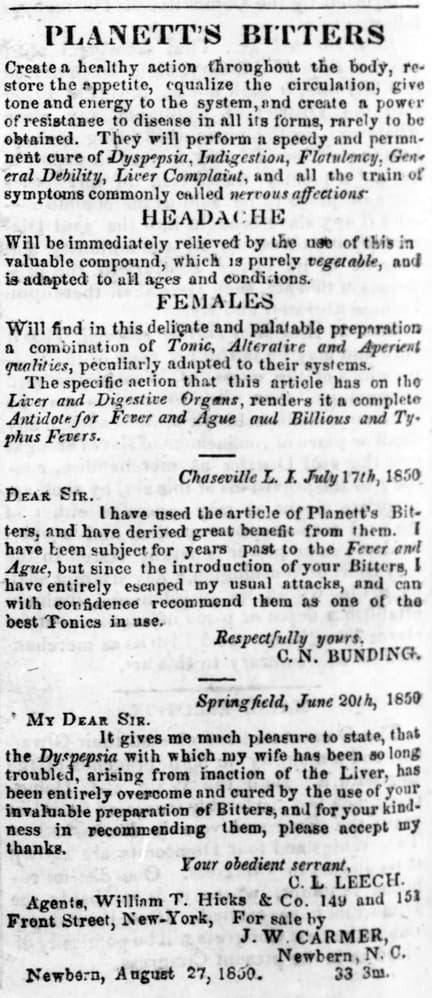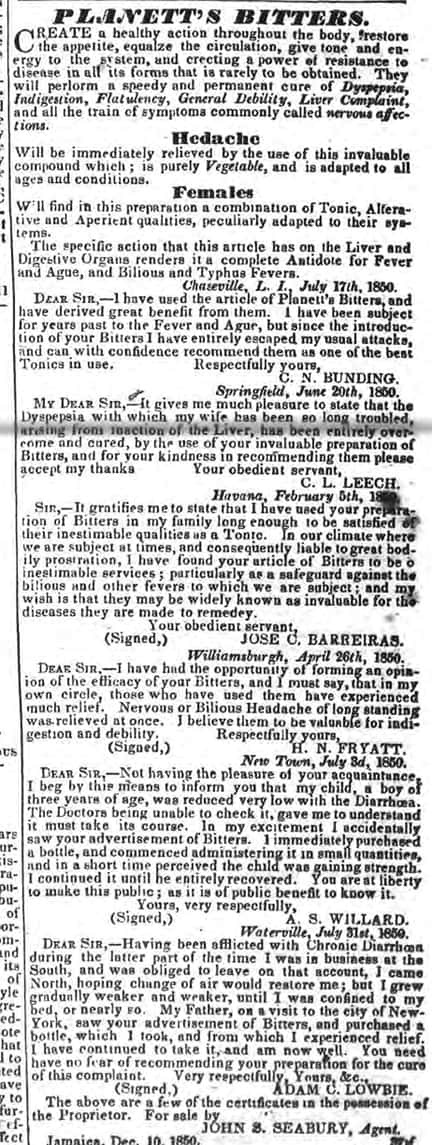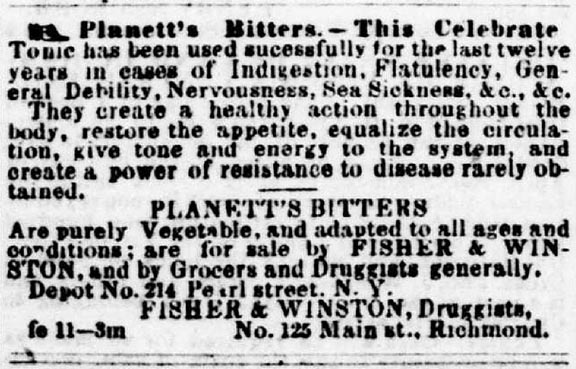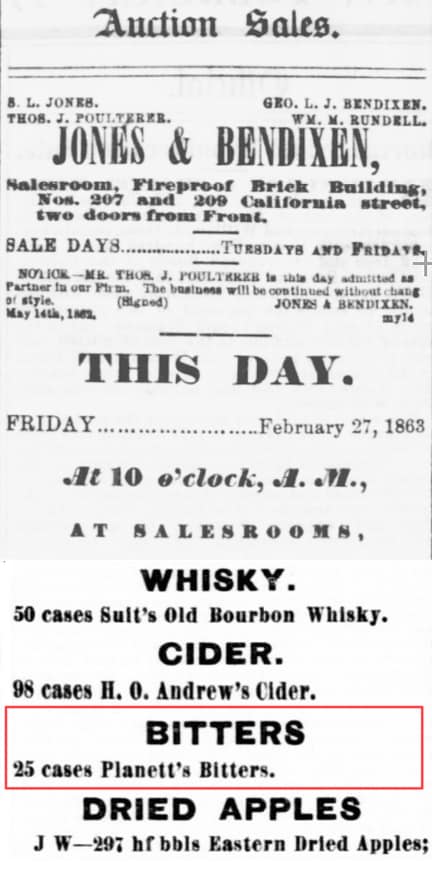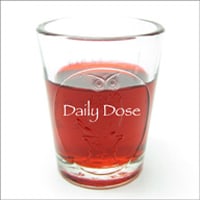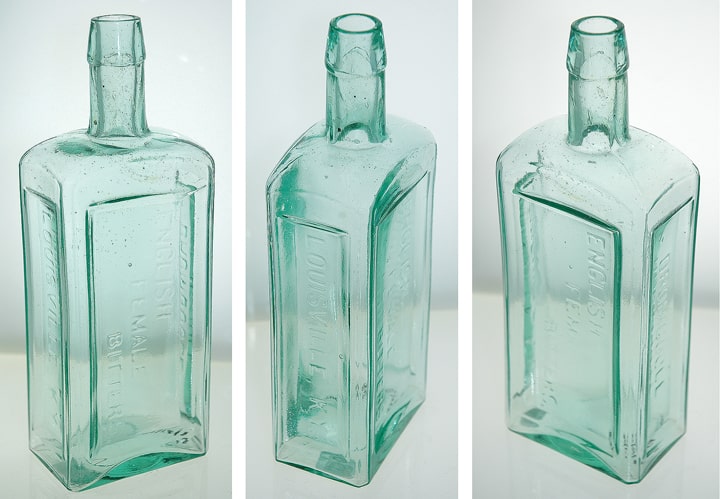
Dr. Dromgoole’s English Female Bitters & Yellow Fever
25 January 2014 (R•012415)
“Within the oyster’s shell uncouth, The purest pearl may hide.”
So with the afflictions that lurk among the females of our land. The pale cheek, the palpitating heart, the dull eye, the listless tongue, the aching head, the feeble walk, the lost appetite,
the gradual emaciation, and the pale,
sallow cheek, all indicate a serious disease lurking and undermining the constitution. If this be your condition,
sunder the diseased link, unbind the fetters, disband the sickly poisons, and
disarm the raging storm that threatens
your life – by the use of Dr. Dromgoole’s
English Female Bitters, that great
wonder-working female medicine of
the present day. Chronic cases of ten
years standing yield to their potent influence. Sold everywhere in large bottles at one dollar.
 An incoming Joe Gourd (Chicago) e-mail and three outstanding trade card examples (see below) for Dromgoole’s English Female Bitters is the inspiration for this post.
An incoming Joe Gourd (Chicago) e-mail and three outstanding trade card examples (see below) for Dromgoole’s English Female Bitters is the inspiration for this post.
Ferd,
I think I have the rudiments of a post for you. A recently completed auction on ebay included one of my favorite bitters trade cards. The auction featured a Dr. Dromgooles English Female Bitters bottle (Ring & Ham E 45). The name has always tickled me.
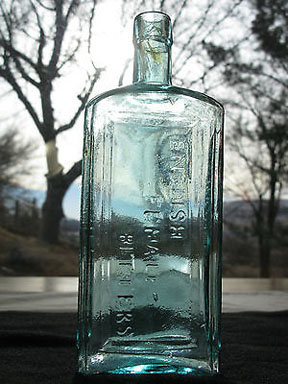
Anyway, I did a little research of my own on Dr. John Parham Droomgoole. He was a Louisville, Kentucky, physician in the late 1800s. He published a book on the Yellow Fever epidemic of 1878. Read: Dr. Dromgoole’s Yellow Fever Heroes, Honors, and Horrors of 1878.
I think there is probably much more to be uncovered. I’ll leave that to you.
Enjoy……Joe
John Parham Dromgoole
Edward Dromgoole (John’s great grandfather) was an Irish immigrant who settled in Maryland around 1770 and became a Methodist minister, merchant, and planter in Brunswick County, Virginia. His son, Edward, followed the same path.
John Parham Dromgoole was born in 1827 in Brunswick and moved on to graduate from the University of Louisville School of Medicine in 1847. He then moved to Shelbyville, Tennessee where he was a physician and general wholesale dealer in patent and family medicines, soaps and perfumes etc.
Dr. Dromgoole’s next listing is in 1865 where he was a physician at Wilkerson’s Drug Store in Memphis, Tennessee. In subsequent years, he is listed as J. P. Dromgoole & Co. at 120 Beale Street with Daniel Gober and they were listed as physicians and wholesale & retail druggists. The first English Female Bitters advertisement occurs in this period. In 1873, Dromgoole is back in Louisville practicing as a physician and manufacturing his English Female Bitters.
The great Yellow Fever epidemic of 1878 originated in New Orleans in mid-July and the mosquito-bourne, viral disease spread northward to Grenada, Mississippi blanketing the Mississippi Valley with its victims.
Following the 1878 Yellow Fever epidemic, Dr. Dromgoole gathered fever methodology and perspectives from a wide variety of professionals and sufferers and published his landmark, Dr. Dromgoole’s Yellow Fever Heroes, Honors, and Horrors of 1878. A list of over ten thousand victims, martyr death-roll of volunteer physicians, nurses, etc.
“Perhaps in the history of epidemic nothing more appalling ever occurred among civilized people than the suddenness and fatality with which it appeared in Grenada,” wrote Dr. J. P. Dromgoole, the Louisville physician who went to Memphis’s aid and then turned his attention to Grenada, a city of twenty-five hundred inhabitants.”
He remained in Louisville until we next see a patent medicine listing for him in Atlanta in 1884 for “B.B.B. Botanic Blood Balm”. Many of you may be familiar with this brand and bottle. In 1890, Asa Candler (yes, that Candler) bought the once venerable Botanic Blood Balm Co. which had been a big seller for its inventor, Dr. J. P. Dromgoole. Candler probably picked it up at a rock-bottom price, after an 1889 landmark Georgia Supreme Court case significantly reduced the value of the company by finding in favor of a plaintiff who sued after taking 3 bottles “as directed” for a rash on his leg, and ended up with “his head, neck and breast . . . covered with red spots and the inside of his mouth and throat filled with sores [and finally] a large part of the hair fell from his head.”
One very interesting character related to a bottle long dormant on my shelves. Every bottle has a story. John Dromgoole died in 1929.
Joe Gourd Advertising Trade Cards – Dr. Dromgoole
These Dr. Dromgoole’s English Female Bitters trade cards from trade card authority, Joe Gourd are rather late and come from the period when John P. Dromgoole was living and working in Louisville, Kentucky. I would date these at 1885 and later.

Dr. Dromogoole’s English Female Bitters trade card front – Joe Gourd Collection

Dr. Dromogoole’s English Female Bitters trade card back – Joe Gourd Collection
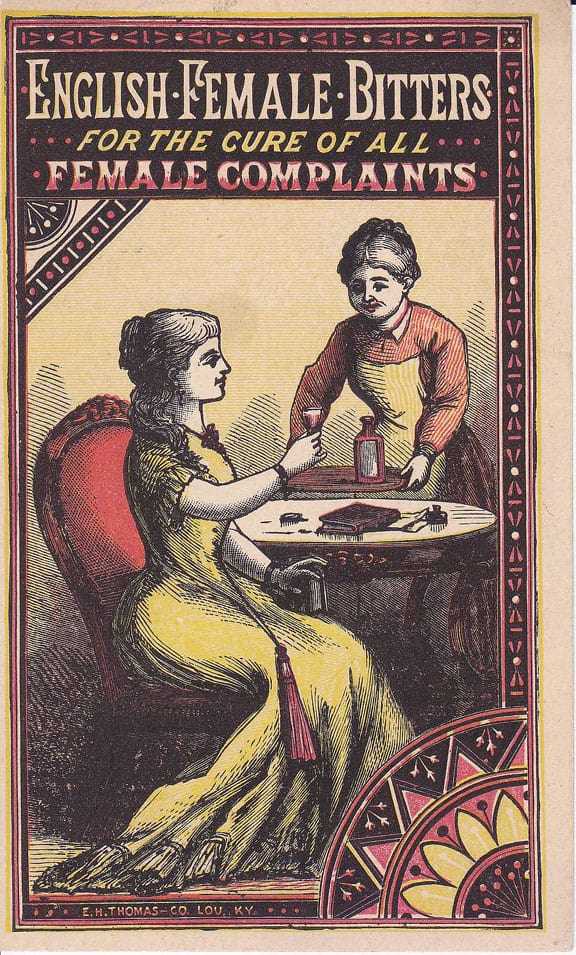
Dr. Dromogoole’s English Female Bitters trade card front – Joe Gourd Collection
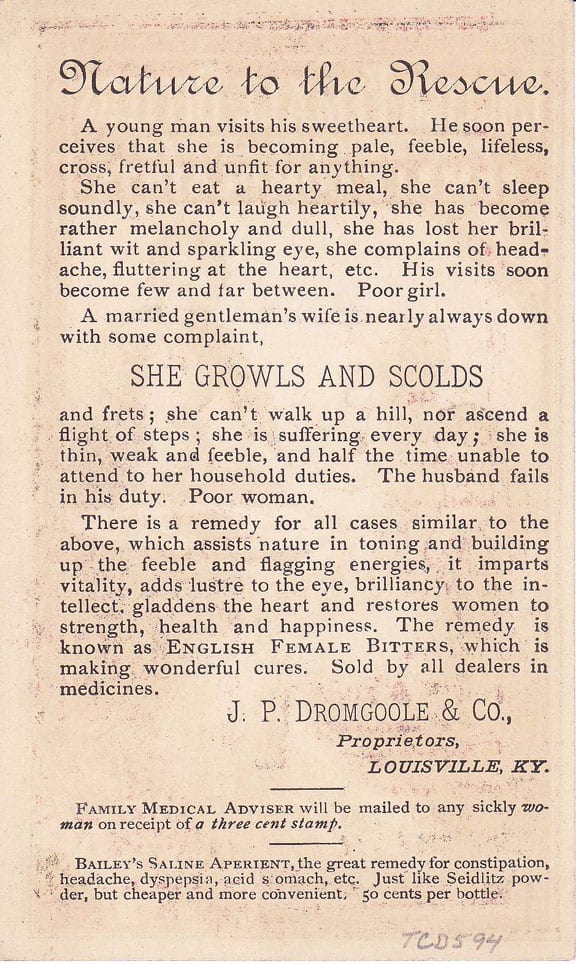
Dr. Dromogoole’s English Female Bitters trade card back – Joe Gourd Collection
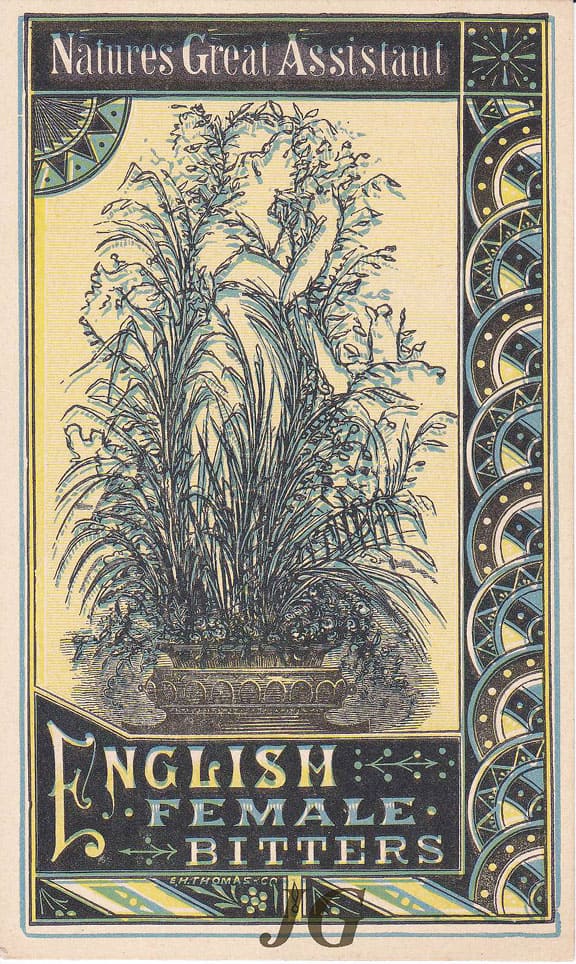
Dr. Dromogoole’s English Female Bitters trade card front – Joe Gourd Collection
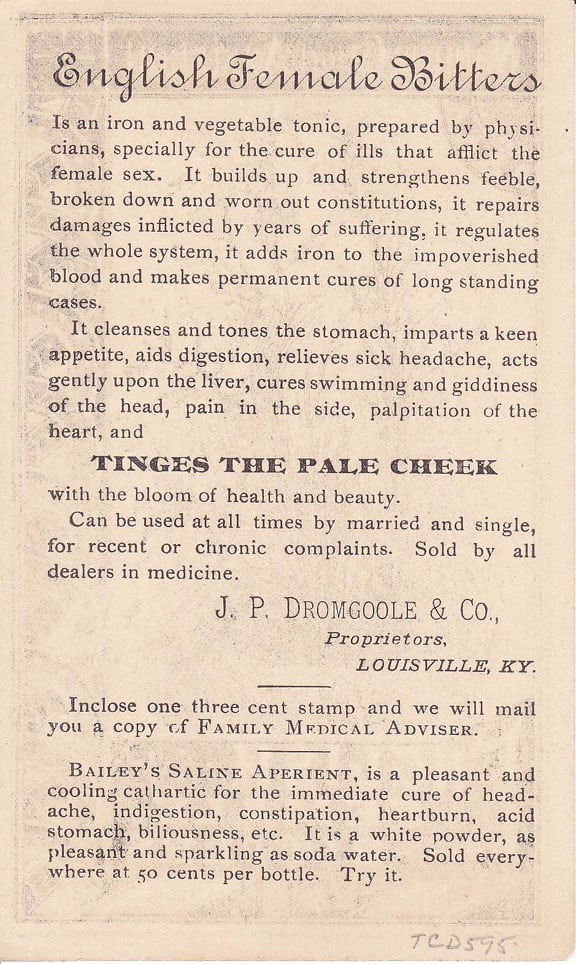
Dr. Dromogoole’s English Female Bitters trade card back – Joe Gourd Collection
English Female Bitters Example
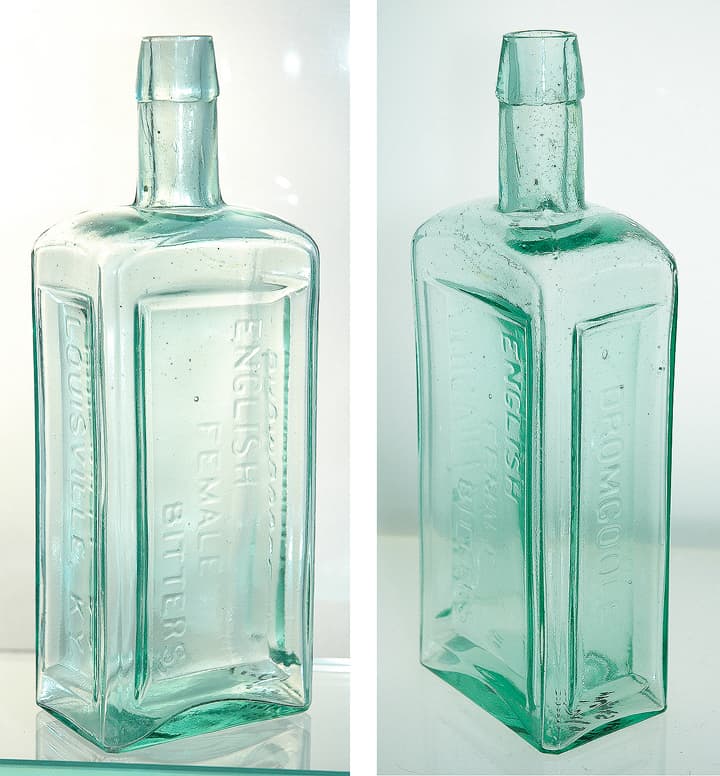
English Female Bitters – Meyer Collection
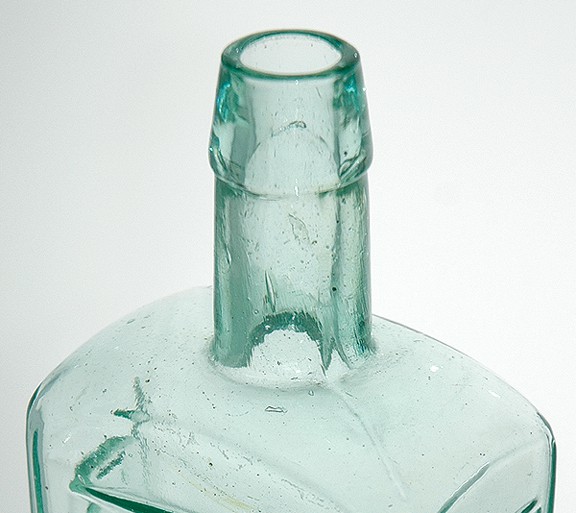
English Female Bitters – Meyer Collection
The Carlyn Ring and W. C. Ham listing in Bitters Bottles is as follows:
E 45 English Female Bitters
ENGLISH / FEMALE / BITTERS // LOUISVILLE, KY. // f // DROMGOOLE //
8 1/2 x 3 1/8 x 2 (6 1/8) 3/8
Rectangular, LTC, Applied mouth and Tooled lip, 3 sp, Clear and Aqua – Rare;
Sapphire Blue – Extremely rare
Label: Is recommended in non-surgical cases for those weaknesses and disorders
which have heretofore be known as female complaints. After 40 years this medicine
is considered by us an excellent remedy for female complaints. For maid and matron.
It is especially recommended for young girls just entering womanhood and those at
the turn of life. The public are hereby notified that on and after this date the English
Female Bitters will be put up in cartons, printed in two colors, the old red wrapper
being discarded. This change is being made for three reasons, vis: to prevent counter-
feiting, to prevent breakage, and to furnish more handsome wrapping. May 1, 1880.
A new listing below by Bill Ham for the forthcoming Bitters Bottles Supplement 2:
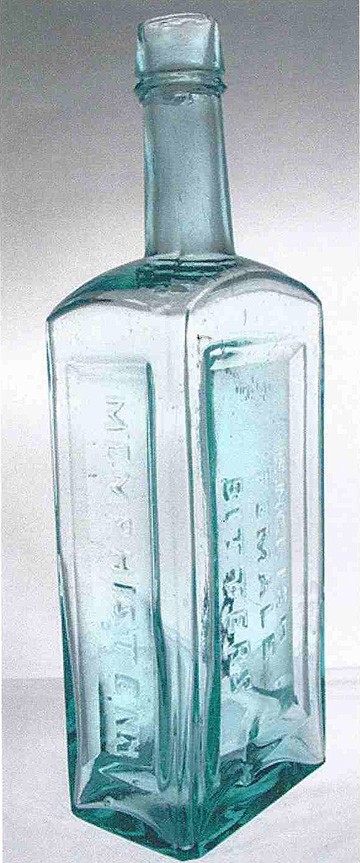
E 46.5 English Female Bitters – Memphis, Tennessee – American Bottle Auctions
E 46.5 ENGLISH FEMALE BITTERS
E 46.5 ENGLISH / FEMALE / BITTERS // MEMPHIS, TENN. // sp // f // sp //
9 x 3 1/8 x 2 (6 1/8) 3/8
Rectangular, LTCR, Applied mouth , 3 sp, Very rare
Dr. John Parham Dromgoole | Select Timeline
1770: Edward Dromgoole (John’s great grandfather) was an Irish immigrant who settled in Maryland around 1770 and became a Methodist minister, merchant, and planter in Brunswick County, Virginia. His son, Edward, followed the same path.
1827: Birth, father Edward D. Dromgoole, birth 1792 in Brunswick, Virginia, mother Jeannette C. Bynum, birth 1804 in South Carolina. *His uncle was John Easter Dromgoole.
1847: John P. Dromgoole, University of Louisville School of Medicine, Louisville: Hospital, Medical College of Louisville, 1847
1849: married Mary T. Ashburn (Birth 03 February 1828) in Overton, Tennessee, Death 30 November 1910 in Albion, Boone, Nebraska.
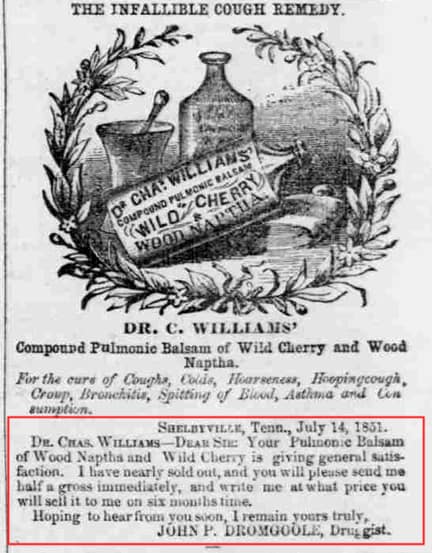
Testimonial for Dr. C. Williams by John P. Dromgoole, Druggist, Shelbyville, Tennessee, July 14, 1851 – Nashville Union, February 14, 1853
1851: Testimonial (see above) for Dr. C. Williams by John P. Dromgoole, Druggist, Shelbyville, Tennessee, July 14, 1851.
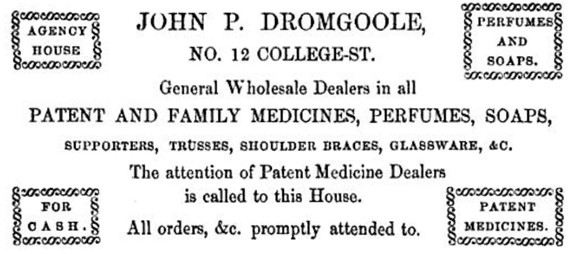
John P. Dromgoole practicing on College Street in Shelbyville, Tennessee in this 1854 advertisement. Patent and Family Medicines, Perfumes, Soaps etc. – antiquemedicines.com
186o: John P. Dromgoole, physcian, Shelbyville, Bedford, Tennessee – 1860 Federal Census
The other girl, Mary T. Asburn, married John P. Dromgoole, prominent Shelbyville Doctor.
1860: J. P. Dromgoole, billiard saloon, southeast Public Square – Tennessee State Gazetteer and Business Directory for 1860-61 *strange listing
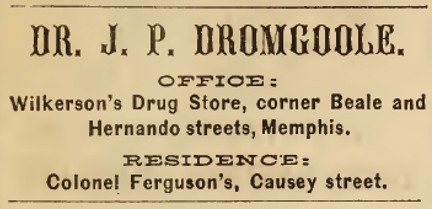
Dr. J. P. Dromgoole – 1865 Memphis City Directory
1865: J. P. Dromgoole, physician, Wilkerson’s Drug Store, Memphis City Directory
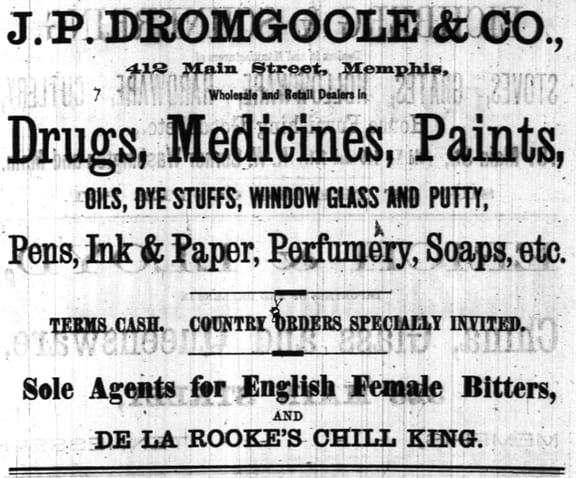
J. P. Dromgoole & Co. advertisement noting “English Female Bitters” – 1865 Memphis City Directory
1866-1867: John Parham Dromgoole (J. P. Dromgoole & Co.), 120 Beale – (J. P. Dromgoole and Daniel Gober), physicians, wholesale and retail druggists, 423 Main – Memphis Tennessee City Directory
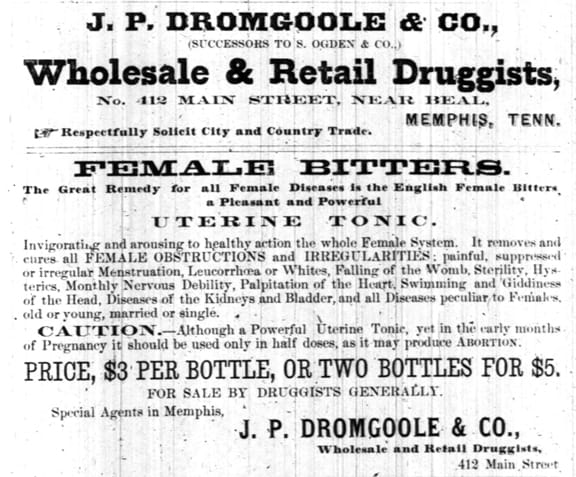
J. P. Dromgoole & Co. advertisement noting “Female Bitters” – 1866 Memphis City Directory
1867: Dromgoole’s & Co’s English Female Bitters advertisement – The Bolivar (Texas) Bulletin, September 28, 1867
1868-1872 – John P. Dromgoole & Co. (J. P. Dromgoole and Daniel Gober), manufacturer English Female Bitters, 389 Main – Memphis Tennessee City Directory
1873: J. P. Dromgoole, physician, 207 Market, nr 6th, Louisville City Directory
1875-1876: J. P. Dromgoole, Bitters Manufacturer, 85 5th, nr Marker, Louisville City Directory
1877: J. P. Dromgoole, mnfr bitters, 104 Main st., nr Floyd, Louisville City Directory
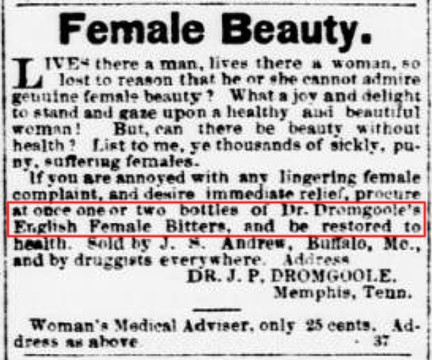
“Female Beauty” Dromgoole’s English Female Bitters advertisement – Buffalo Reflex (Buffalo, Mo.), May 16, 1873
1878: John P. Dromgoole, physician (also Edward D., chemist and Thomas A. Dromgoole, 673 3d av. nr Ormsby ave, Louisville City Directory

Cover and title page, Dr. Dromgoole’s Yellow Fever Heroes, Honors, and Horrors of 1878. A list of over ten thousand victims, martyr death-roll of volunteer physicians, nurses, etc. – 1878 (Louisville, Kentucky)
1878: Dromgoole’s Yellow Fever Manifesto (see above) is published – Dr. Dromgoole’s Yellow Fever Heroes, Honors, and Horrors of 1878. A list of over ten thousand victims, martyr death-roll of volunteer physicians, nurses, etc. (1879)
Following the 1878 epidemic, a Kentucky physician by the name of J. P. Dromgoole gathered fever methodology and perspectives from a wide variety of professionals and sufferers. The publication, titled Heroes, Honors, and Horrors, remains a legacy to the memory of the epidemic and the pain it caused. Further, it serves as a unique and illustrative source for understanding the fever epidemics from the perspective of the caregiver while simultaneously providing insight into the patient experience. In an article, “Yellow Fever ― Medical Mockeries,” an anonymous survivor of Memphis recounted his experience with the illness and his evaluation of medicine’s role in his recovery and, more broadly, future prevention. Midway through his commentary about fever as neither infectious nor contagious, he ranted, “Has medical science since the history of epidemics ever stayed a plague?” In the context of regional medical expertise toward tropical maladies, his stance matches the futility expressed by caregivers in the South in response to their inability to slow or treat yellow fever. Further, as Dromgoole’s text aimed to publicize the successes (heroes) and failures (horrors) of the 1878 epidemic in order to learn from them, the Memphis survivor picked a high profile medium in which to offer such a scathing remark.
1879 – 1880: J. P. Dromgoole & Co., (J. P. Dromgoole and J. B. Wilder), patent medicines, 215 Main, nr 6th, Louisvilly City Directory
1883: J. P. Dromgoole & Co., 605, W. Main, Louisville City Directory *also listed as agent in Atlanta City Directory
1884: John P. Dromgoole, patent medicines, City of Atlanta Directory. Dromgoole patents B.B.B. Botanic Blood Balm
1885: Dr. John P. Dromgoole (Blood Balm Co.) – 1885 City of Atlanta Directory
1889: J. P. Dromgoole & Co. (T. A. Courtenay), patent medicines, 222 6th, Louisville City Directory
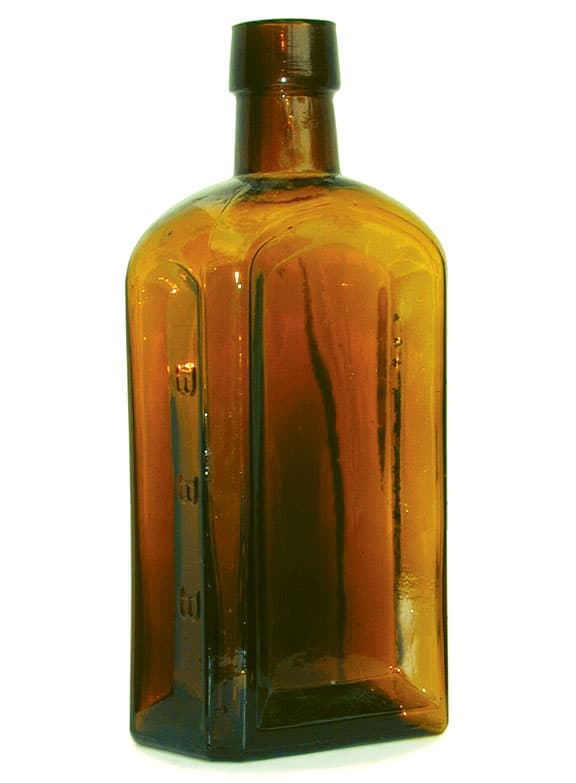
B B B Botanic Blood Balm – Meyer Collection
1890: Asa Candler (yes, that Candler) bought the once venerable Botanic Blood Balm Co. (B.B.B.), which had been a big seller for its inventor, Dr. J. P. Dromgoole. (Candler probably picked it up at a rock-bottom price, after an 1889 landmark Georgia Supreme Court case significantly reduced the value of the company by finding in favor of a plaintiff who sued after taking 3 bottles “as directed” for a rash on his leg, and ended up with “his head, neck and breast . . . covered with red spots and the inside of his mouth and throat filled with sores [and finally] a large part of the hair fell from his head.”
1899: J. P. Dromgoole Medicine Co., Patent Medicines, 1113 Hancock, Louisville City Directory
1929: death, 31 December 1929
Droomgoole targeting the Women’s Market
Dr. Dromgoole advertised his English Female Bitters from 1867 to 1890 in Texas (Austin, Bolivar, Brenham and San Marcos which is not far from Houston) and Kentucky. Why south Texas? Many of the newspaper pages (same page), share and advertise for both English Female Bitters and Botanic Blood Balm.
Even as late as 1908, Meyer Brothers was advertising English Female Bitters.
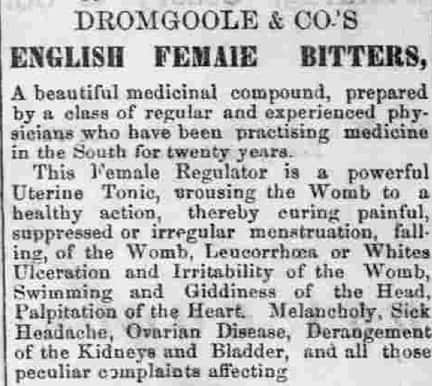
Dromgoole’s & Co’s English Female Bitters advertisement – The Bolivar (Texas) Bulletin, September 28, 1867

“A Positive Woman” – Dr. Drumgoole’s (spelled incorrectly) English Female Bitters notice – The Breckenridge News (Cloverport, Kentucky), July 09, 1879
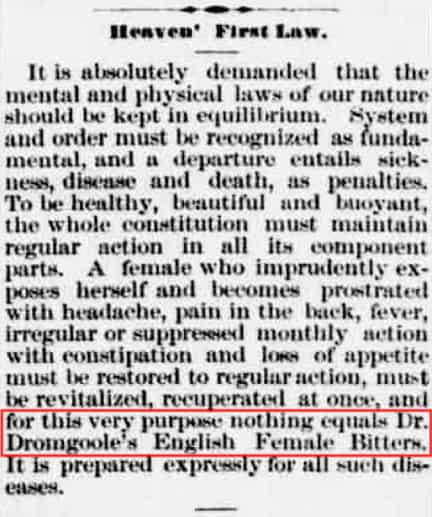
“Heaven’ First Law” – Dr. Dromgoole’s English Female Bitters notice – The Hartford Herald, October 01, 1879
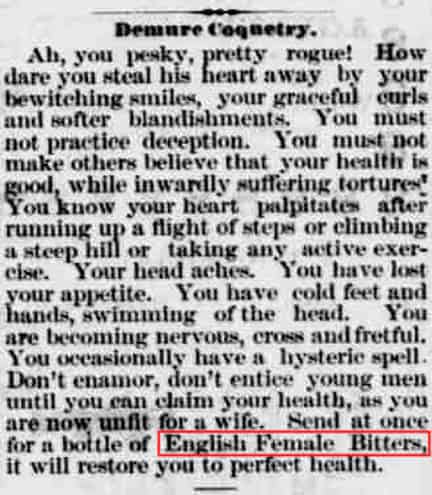
“Demure Coquetry” – English Female Bitters notice – The Hartford Herald (Hartford, Ky.), October 22, 1879

“A Distreesed Woman” – English Female Bitters notice – The Hartford Herald (Hartford, Ky.), December 17, 1879
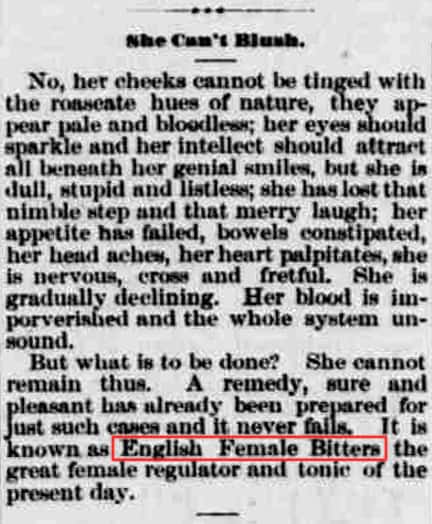
“She Can’t Blush” – English Female Bitters notice – The Hartford Herald (Hartford, Ky.), January 28, 1880
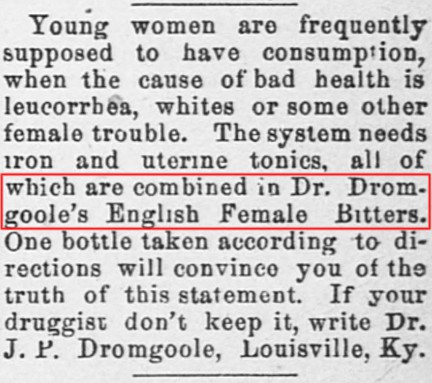
Dr. Dromgoole’s English Female Bitters notice – Brenham (Texas) Weekly Banner, April 03, 1890
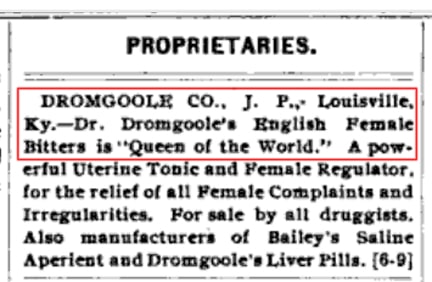
Dr. Dromgoole’s English Female Bitters notice – Meyer Brothers Druggist, 1908
![]() While tracking down John Parham Dromgoole (English Female Bitters) yesterday, who spent some time in Memphis, I came across this really neat 1867 advertisement for Our Own Southern Bitters (see below) put out by C.H. Ebbert & Co. The Stonewall Jackson art is crisp and strong. I wasn’t familiar with the brand but see that Carlyn Ring and Bill Ham have designated it as O 94.5 in Bitters Bottles and said it was a labeled, square bitters.
While tracking down John Parham Dromgoole (English Female Bitters) yesterday, who spent some time in Memphis, I came across this really neat 1867 advertisement for Our Own Southern Bitters (see below) put out by C.H. Ebbert & Co. The Stonewall Jackson art is crisp and strong. I wasn’t familiar with the brand but see that Carlyn Ring and Bill Ham have designated it as O 94.5 in Bitters Bottles and said it was a labeled, square bitters.
